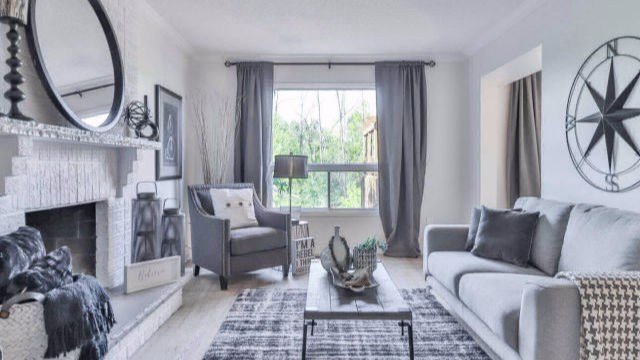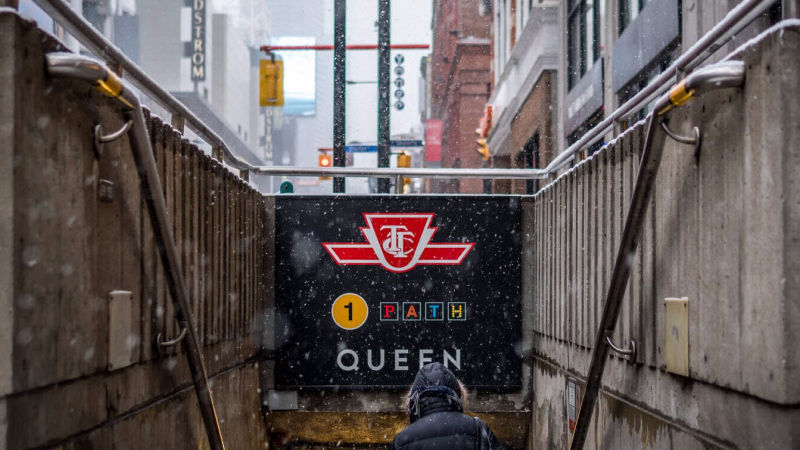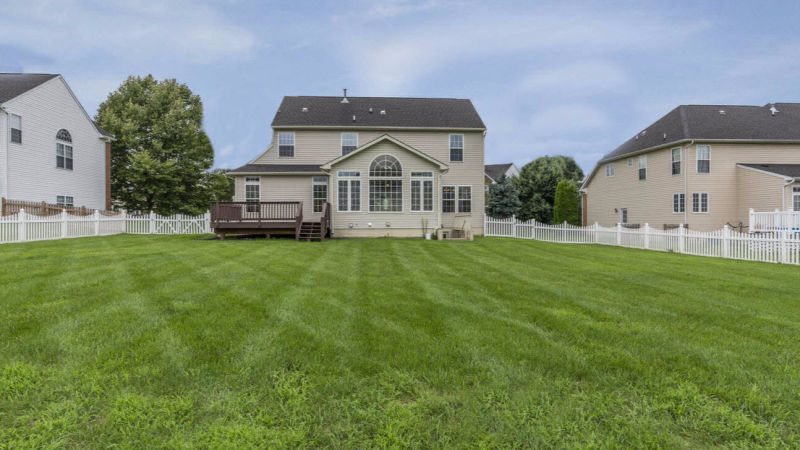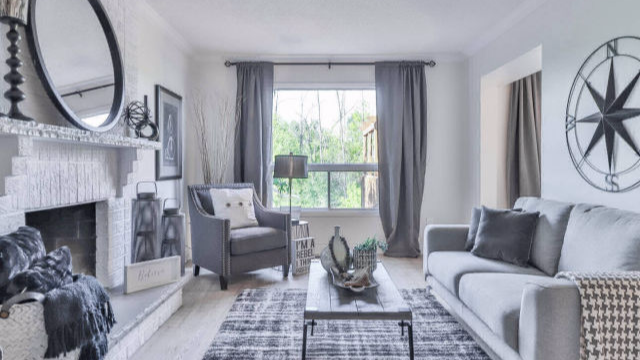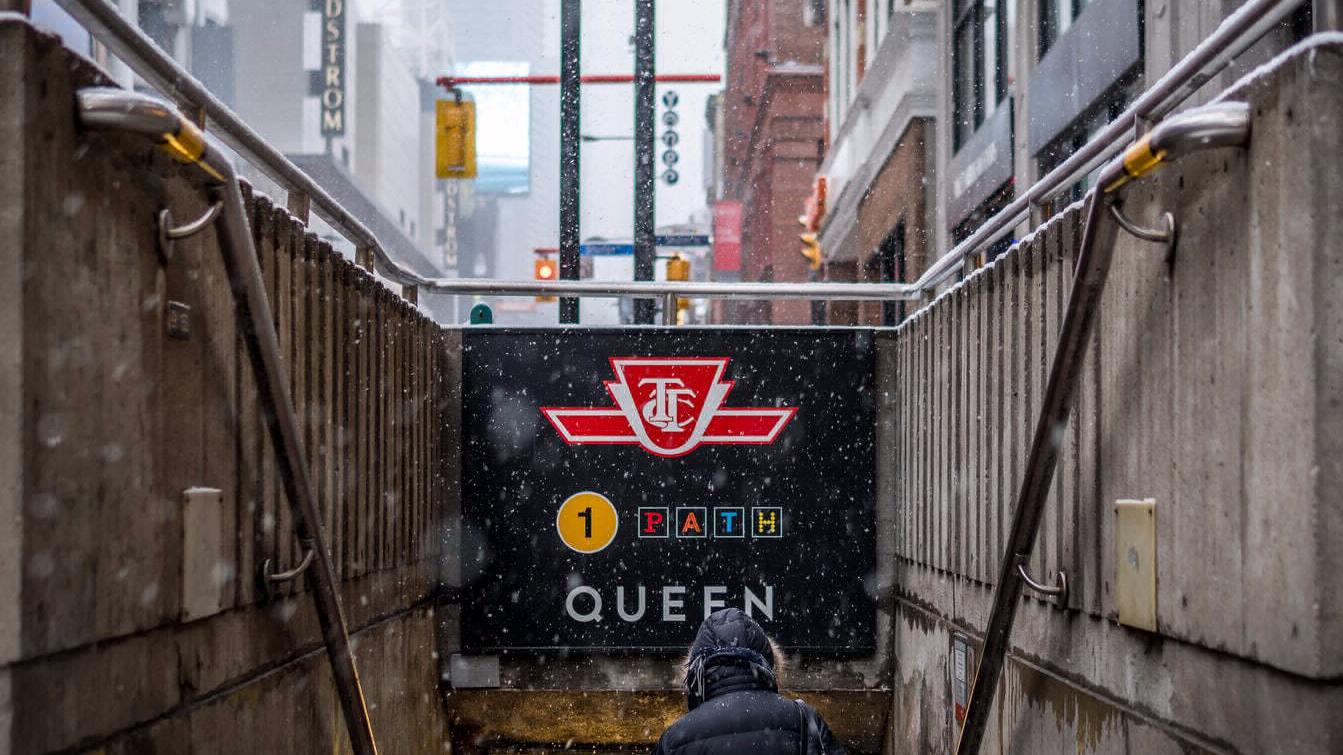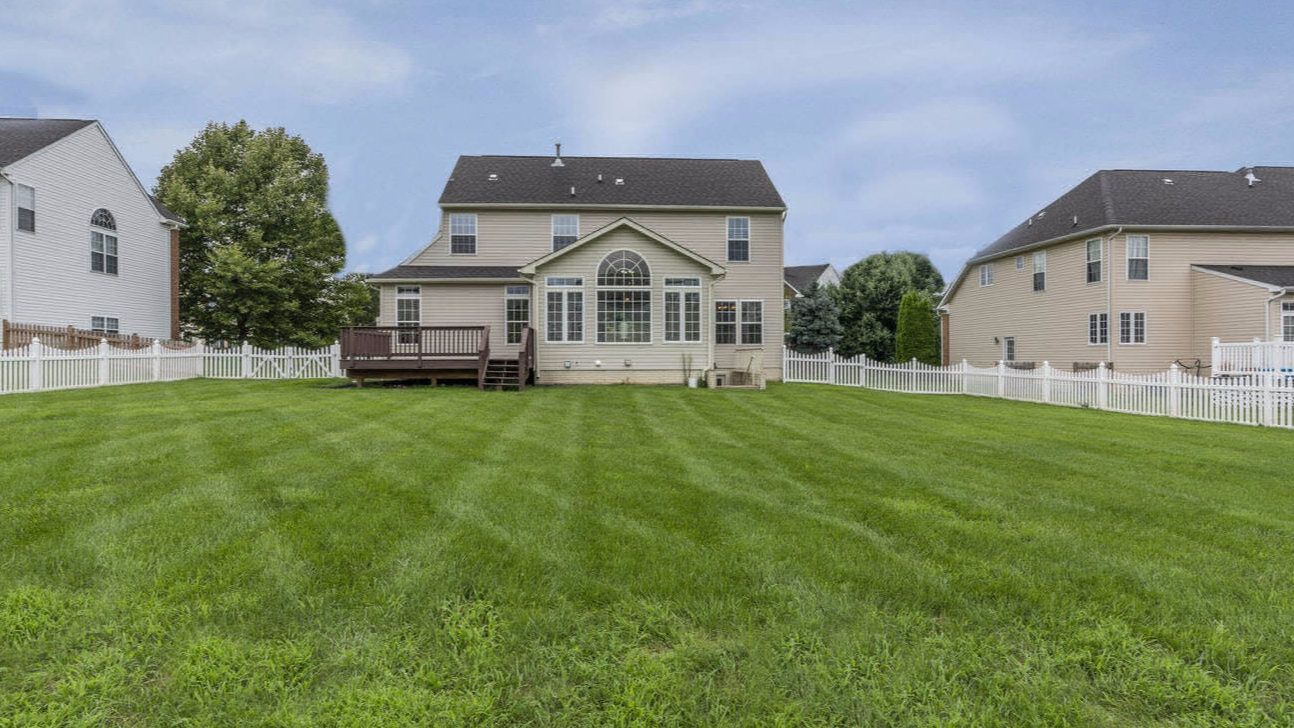Buying
First-time buyers of new and re-sale homes are eligible for rebates on provincial and Toronto land transfer taxes. The maximum that first-time home buyers can receive for provincial land transfer tax (LTT) is $2,000 and for the Toronto LTT its $3,725.
The provincial LTT is payable anywhere in Ontario, including Toronto. As mentioned before, the maximum that a first-time buyer can receive for the provincial LTT is $2,000. For re-sale homes, the provincial rebate only applies to first-time buyers who entered into Agreements of Purchase and Sale after December 13, 2007.
Toronto LTT is payable only for properties in the City of Toronto. The maximum a first-time home buyer can receive is $3,725. The Toronto LTT rebates are in addition to any provincial LTT rebate the buyer qualifies for.
The buyer is considered to be a first-time buyer for the provincial and Toronto LTT if they are at least 18 years of age and must not have previously owned a home anywhere in the world at anytime. If a spouse is involved, the spouse cannot have owned a home or had any ownership interest in a home while he/she was the purchaser's spouse.
Obtaining a mortgage can be intimidating and confusing. Similar to the buyer and seller guides, I’ve outlined the mortgage process for you in 4 easy steps!
Step 1: Mortgage Application
Before an application gets filled out, it’s important to first asses yourself financially. Figure out how much money you have and how much you need to borrow. It’s always critical to sort out how much you can afford so that when you apply for a mortgage you will be able to financially sustain yourself. A mortgage associate will then take an application by phone, in person, or online. Once it has been received, the mortgage application process will begin by verifying the information you have provided.
Step 2: Choose the Right Mortgage Program
Like all homes, Canadian mortgages also come in all shapes and sizes. You have to pick which loan is more aligned with your financial situation and goals. There are four basic types of Canadian home financing loans.
A) Fixed Rate Mortgage
A Fixed Rate mortgage usually has terms that can last from 1 year to 10 years. As the name suggests, the interest rate and monthly payments will remain the same for the specified term.
This type of loan should appeal to you if you:
Plan to live in the home for more than 5 years
Like the stability of a fixed interest payment
Think your income and spending will stay the same
Don’t like the risk of having a higher monthly payment
B) Adjustable Rate Mortgage
Adjustable Rate Mortgage (ARM) lasts for 3-5 years. But during these terms, the interest rate on the loan can go up or down which means monthly payments can increase or decrease.
This type of loan should appeal to you if you:
Plan to say in your home for less than 5 years
Don’t mind having your monthly payment increase or decrease
Are comfortable with risk of possible payment increases in the future
Think your income will probably increase in the future
C) Combination Rate Mortgage
A Combination Rate Mortgage combines fixed interest rates and adjustable interest rates.
This type of loan would appeal to you if you:
Want to manage interest rate risk
Choose to take advantage of both long and short term rates
Like the stability of a fixed interest payment
Don’t mind having monthly payment increase or decrease
D) Lines of Credit
Line of Credit is becoming an innovative way to finance your home purchase. You can take the amount you need from the credit limit that you were granted. You only pay interest on what you use and this money can be put towards things like home renovations, a child’s education, and debt consolidation.
Step 3: Mortgage Submission and Approval
Once you select the appropriate mortgage program, you will submit this information to your mortgage associate along with any other required documentation. You will then wait for the mortgage approval from the mortgage associate either through email or fax. After the approval, the associate will also review your commitment to the mortgage. Any additional documents that are required by the lender should be sent to the associate no later than 10 days after the approval.
Step 4: Lawyer
The associate will send the mortgage instructions to your lawyer to review and sign the documents. First you will review all the terms and conditions prior to signing to make sure the interest rate and loan terms are what were promised. Double check to see that the names and address are correctly spelled on the documents. Signing takes place in front of a notary public or lawyer. There will be several fees with obtaining a mortgage and transferring property ownership which will be paid at closing. Bring a bank draft check for the down payment and closing costs if required. Personal cheques are not accepted. You will also need to show homeowners insurance policy and other requirements such as flood or fire insurance and proof of payment.
The HST New Housing Rebate program allows you to claim a rebate on part of the HST you pay on the purchase price of either a newly constructed home or cost of building the home. You can claim a rebate on a newly renovated home, a purchase of a new mobile home, or when your home is destroyed in a fire and is subsequently rebuilt.
The purchase price of resale homes are exempted from the HST whereas the purchase price of newly constructed homes are subject to HST.
New home buyers can apply for a 36% rebate on the federal portion of the HST of the purchase price to a maximum of $6,300 for homes costing $350,000 or less. For new homes priced at $350,000 to $450,000 the rebate will be reduced proportionately. Homes priced over $450,000 would not receive a rebate on the federal portion of the HST.
For the provincial portion of the HST, new home buyers can apply for a 75% rebate applicable to the purchase price to a maximum of $24,000.
The Home Buyer’s Plan (HBP) is a government program that allows home buyers to withdraw up to $25,000 from their Registered Retirement Saving’s Plan (RRSP) to put towards buying or building a new home.
Before you can withdraw funds, you have to be entered into a written agreement that specifies whether you will be buying or building your new home. You also must occupy this space no later than a year after buying or building this new home.
To take advantage of this program you have to be considered a first-time buyer. You are not a first-time home buyer if you (or you and your spouse) has owned a home which you have occupied as your principal place of residence in the past 5 years.
Once those conditions are met each person can withdraw up to $25,000 tax-free from their RRSP for a new home. Couples, including common-law, can withdraw up to $50,000. You will not pay income tax on these amounts as long as these funds will be repaid into an RRSP in the future.
Existing homeowners can also use this program to purchase an accessible home or a home for a disabled dependent relative. The intended individual must qualify for the Disability Tax Credit (DTC) and this home must be more accessible or better suited to the care of this individual.

